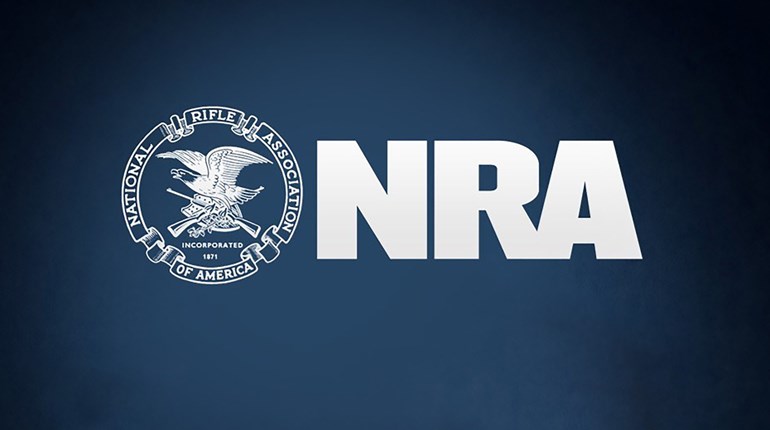
As the Democratic Party’s primaries play out and we move toward a presidential election in November, it’s worth considering the many successes President Donald J. Trump and the U.S. Senate, under Senate Majority Leader Mitch McConnell (R-KY), have had nominating and appointing judges who know it’s their job to interpret the U.S. Constitution and the law, not to behave as legislators with lifetime appointments.
Trump nominated, and the U.S. Senate confirmed, two U.S. Supreme Court justices—Neil Gorsuch and Brett Kavanaugh. Both have pro-freedom Second Amendment records. As this was being written, the Trump administration nominated and the U.S. Senate confirmed 187 judges to the federal bench. This includes 50 judges to the federal circuit courts. This is more than twice the rate we saw under President Barack Obama—he appointed 55 circuit judges over his eight years in office. This is actually the second fastest confirmation pace of any U.S. president [President Jimmy Carter (D) was a little faster], and the fastest confirmation pace ever for federal appellate judges.
Interestingly, one reason for the faster pace is former Democratic Majority Leader Harry Reid (D-NV) had, in 2013, opted to end the filibuster for lower-court judges. Another reason is that, from day one, the Trump administration has made it a priority to fill vacancies in the courts.
To put this into perspective, realize that when President Trump raised his right hand to uphold the U.S. Constitution on Jan. 20, 2017, Democratic appointees then held majorities on nine of the 13 circuit courts, but by 2019, Trump’s appointments had flipped three of those appellate courts: the Second Circuit, Third and Eleventh Circuits, according to Judiciary Tracker. Thanks to recent U.S. Senate confirmations, even the Ninth Circuit is now closely divided with 16 Democratic appointees and 13 Republican appointees—in January 2017, this court had 18 Democratic appointees and seven Republican appointees.
When the media elites report this trend, they mostly act as if the courts should be viewed as some type of super legislatures. They lament that the Left’s ability to get some judge, or a group of them, on a circuit court, to rewrite the law to their liking is being aggressively pushed back. As the media pushes this narrative, they never admit that this desire is actually anti-democratic, as it is usurping the role of democratically elected officials; instead, they pretend that the judges they agree with politically are only interpreting the law or the U.S. Constitution.
Meanwhile, the mainstream media hates that Trump’s pro-Constitution appointees are turning the courts back into courts, as in bodies that interpret instead of write law. This is a big deal for those who cherish their Second Amendment freedoms, as the Second Amendment clearly says what it means—that “the right of the people to keep and bear arms, shall not be infringed.”—and means what it says.
A second Trump administration could continue this trend toward more protections for Second Amendment rights, and thereby do a lot to protect American freedom for a generation. If, however, one of these current candidates now seeking the Democratic nomination for president wins—given their public views on the Second Amendment—they’d surely begin nominating judges who would work to overturn Heller v. D.C. (2008), the decision in which the U.S. Supreme Court ruled 5-4 that the Second Amendment protects an individual right. If they succeed in that venture—anyone who reads the minority opinions in Heller or McDonald (2010) will clearly see that the progressive justices on the high court want to overturn Heller—then they’ll all but erase the Second Amendment from our U.S. Bill of Rights.
Even outside of this ongoing and fundamental fight over the original meaning of our rights, the lower courts have disagreed on a lot of Second Amendment questions since Heller. For this reason quite a few constitutional scholars have been surprised by the U.S. Supreme Court’s reluctance to step in and further define what the Second Amendment protects from infringement.
As I write this, the U.S. Supreme Court is writing an opinion for its first Second Amendment case since 2010—the case is New York State Rifle & Pistol Assn. vs. City of New York. It is not possible to say how this court will rule, but it is clear that the make-up the high court is of fundamental importance to the future of our freedom.

































